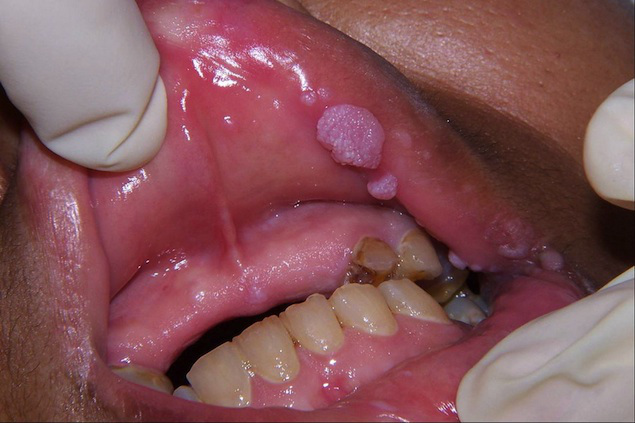WTF?

Y’all better stop putting your mouth on any and every damn thing! You remember that time with you thought caught something but played if off by not coming around for two or three weeks… Well there is a Super Strain Of Gonorrhea Found In Hawaii Might Be Worse Than AIDS!
According to CNBC an antibiotic-resistant strain of gonorrhea—now considered a superbug—has some analysts saying that the bacteria’s effects could match those of AIDS.
“This might be a lot worse than AIDS in the short run because the bacteria is more aggressive and will affect more people quickly,” said Alan Christianson, a doctor of naturopathic medicine.
Even though nearly 30 million people have died from AIDS related causes worldwide, Christianson believes the effect of the gonorrhea bacteria is more direct.
Even though nearly 30 million people have died from AIDS related causes worldwide, Christianson believes the effect of the gonorrhea bacteria is more direct.
“Getting gonorrhea from this strain might put someone into septic shock and death in a matter of days,” Christianson said. “This is very dangerous.”
“It’s an emergency situation,” said William Smith, executive director of the National Coalition of STD Directors. “As time moves on, it’s getting more hazardous.”
This gonorrhea strain, HO41, was discovered in Japan two years ago in a 31-year-old female sex worker who had been screened in 2009. The bacteria has since been found in Hawaii, California and Norway.
(Correction: The statement that H041 was found in places beyond Japan is incorrect, according to the Centers for Disease Control and Prevention. Gonorrhea strains resistant to a certain antibiotic not routinely recommended by CDC as a first-line treatment regimen for gonorrhea were detected in Hawaii, but other treatments ultimately cured those infections in follow-up. To date, there have been no treatment failures reported in the U.S.for gonorrhea treated with currently-recommended first-line regimens.)
Because it resists current antibiotic treatment, the strain has been placed in the superbug category with other resistant bacteria, such as MRSA and CRE. These superbugs kill about half the people they attack, and nearly one in 20 hospital patients become infected with one, according to the Centers for Disease Control and Prevention.
Though no deaths from HO41 have been reported, efforts to combat it must continue, Smith said.
“We have to keep beating the drum on this,” he said. “The potential for disaster is great.”
“We have to keep beating the drum on this,” he said. “The potential for disaster is great.”
No comments:
Post a Comment